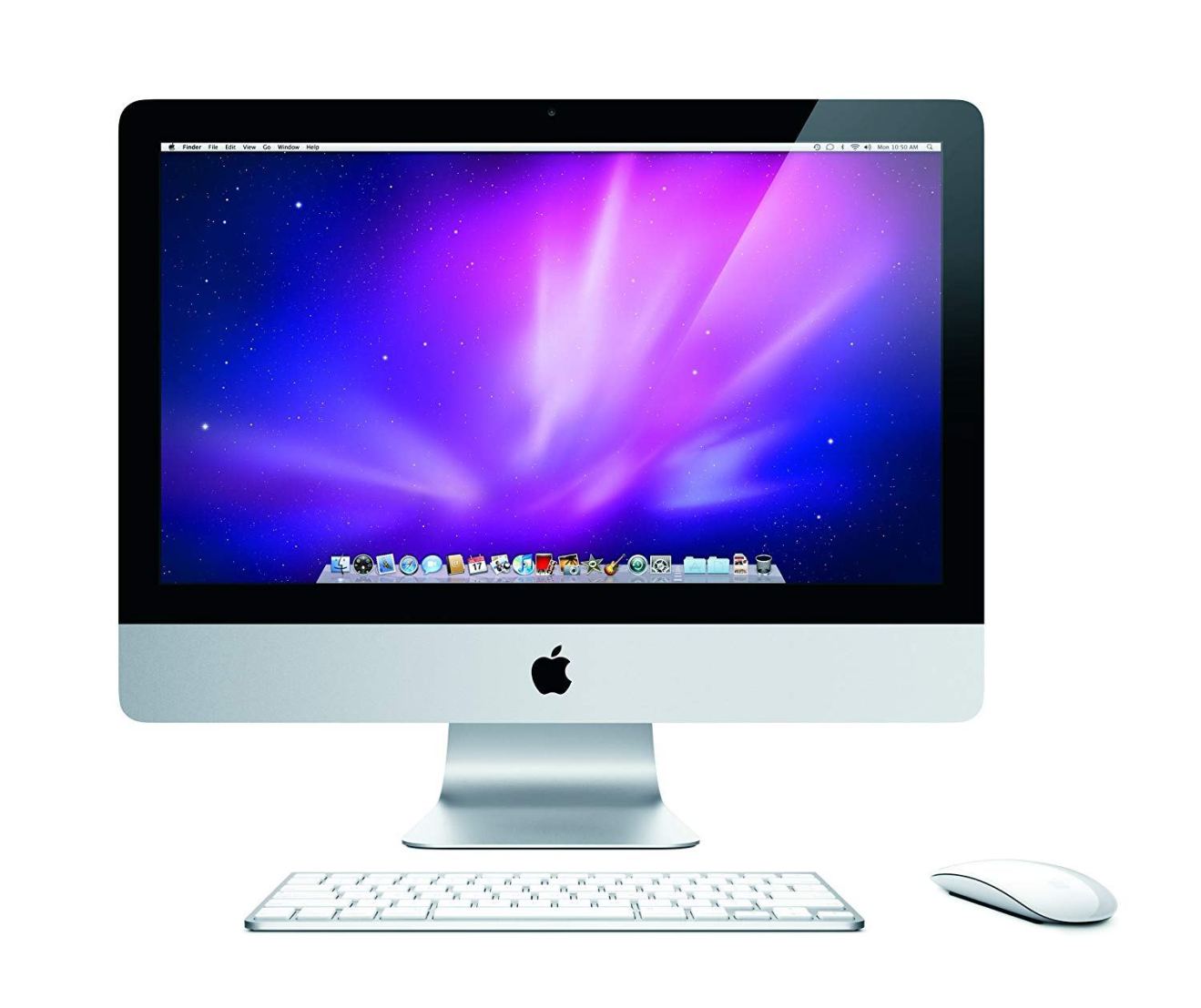Home automation is one of those areas where you can really let your imagination run wild!
How about a house that detects when you’re walking down the drive, and then welcomes you home by turning on all the lights? Or, you might create an alarm that plays whenever the house detects that you’re heading to bed without locking all the doors and windows first.
While it’s fun to think about all the cool ways that you could automate your home, how do you bring all of these great ideas to life?
In this article, I’ll show you how to take the first steps towards the fully-automated home of your dreams, using Samsung SmartThings.
By the end of this article, you’ll have installed your SmartThings Hub, connected a smart device, and setup the SmartThings app on your smartphone or tablet, so you can monitor your home regardless of where you are in the world. We’ll also create a custom rule, so you’ll receive smartphone notifications about the events that matter to you, such as drastic changes in temperature, doors or windows being opened, or even the pizza delivery guy pulling up in front of your house!
We won’t quite get to the point where you’re locking the front door with a vocal command, or boiling the kettle when the house detects that you’re getting out of bed in the morning, but by the end of this article you’ll have setup a powerful and versatile home automation network, that you can build on indefinitely.
What do I need?
Home automation may be an exciting topic, but it isn’t the easiest to get started with! Newcomers will typically need to purchase multiple pieces of hardware and download a mobile app before they can perform even the simplest home automation task – and Samsung SmartThings is no exception!
In this article, we’ll be using a Multi Sensor to monitor the temperature in your home, and then issue a mobile notification whenever the temperature gets too high, or too low. This is a pretty straightforward project that’s ideal for anyone who’s new to home automation, but it still requires you to setup the Samsung app and purchase a SmartThings Hub and a Multi Sensor.
This is a significant investment, both in terms of time and money, but the good news is that once you’ve setup your SmartThings Hub and app it becomes much easier (and often, less expensive) to connect additional smart devices, sensors and applications.
You can purchase the Hub and Multi Sensor separately, but I’d recommend investing in a SmartThings Starter Kit as it contains the Hub and the Multi Sensor, plus a good selection of other sensors – which we’ll be exploring in future articles.
Is SmartThings compatible with non-Samsung products?
When a piece of tech is only compatible with officially-licensed products, you can quickly end up spending more than you budgeted for, as the lack of competition encourages companies to increase their prices.
Thankfully, this doesn’t seem to be the case with SmartThings Hub, as it’s compatible with a wide range of third-party devices.
Firstly, SmartThings uses the Zigbee and Z-Wave standards, so any smart device that’s compatible with either of these standards will be able to communicate with your SmartThings Hub.
Even if a device doesn’t use Zigbee or Z-Wave, there’s no shortage of scripts, apps and general workarounds, which should be enough to get most smart devices communicating with your SmartThings Hub. In particular, you should check out the IFTTT website, which offers automation “recipes” for devices that aren’t typically considered SmartThings compatible, including Nest products. If you’re a bargain hunter, then you can often find cheaper alternatives to popular smart devices, by shopping around for lesser-known products that aren’t SmartThings branded, but are SmartThings compatible.
And, if you want some extra assurance that your third-party products will work with your hub, then the SmartThings mobile app has a “Marketplace” of devices that are known to be compatible with SmartThings, including devices that aren’t Samsung branded, such as Rachio sprinklers and Yale Keyless Smart Locks.
Connecting your SmartThings Hub
If you want to use any SmartThings devices, then you’ll need to setup a SmartThings Hub somewhere in your house, as the Hub is the brains of the operation that’ll ultimately be responsible for connecting and coordinating all of your smart home gadgets.
You’ll need to connect your Hub to a) a power supply, and b) your router, using the supplied cables and power socket.

Once the Hub has a power supply, it should display a series of LEDs. The first time you power up the Hub, these lights will typically cycle through several different colours:
- Solid blue. Your Hub is attempting to connect to the network. If the Hub displays solid blue lights for a significant period of time, then check the network settings to make sure you aren’t experiencing any network-related issues.
- Blinking magenta. The Hub is downloading an update. This is pretty common the first time you power up a new Hub, so don’t be concerned if you’re suck on magenta lights for a while.
- Solid magenta. Your Hub is applying the update that it just downloaded.
- Solid green. Your Hub is online, and is now ready to use!
If the Hub displays blinking blue lights, then it’s struggling to connect to your local network. Make sure the ethernet cable is securely connected to your router, and check that you aren’t experiencing any issues with your Internet connection.
Control your smart home, from your smartphone
Next, we need to setup the SmartThings mobile app, so you can monitor and control all of your smart devices from your smartphone or tablet.
Currently, there’s two apps that you can use to remotely connect with your smart home: “SmartThings Classic,” and “SmartThings.” While it seems that Samsung are pushing for everyone to migrate to the SmartThings app, some users claim that this application doesn’t play nicely with non-Samsung devices, such as iPhones, so we’ll be using the SmartThings Classic application throughout this tutorial.
- Download the SmartThings Classic mobile app to your iOS or Android device.
- Launch the application and tap ‘“New to SmartThings.”
- If you already have a Samsung account, then enter your login information, or tap “Create Account” and then complete the registration form.
- Once you’re logged into your account, the app will ask for a welcome code. You’ll find this information on the leaflet that came with your SmartThings Hub, or Samsung SmartThings Starter Kit. Enter this code into the application.
- Click “Continue” and the app will request access to your location. This is required if you want to trigger actions when you enter or leave your house, for example if you eventually want to set your alarm automatically whenever you leave for work, or switch on the lights when you step through the front door. Unless you have a specific reason not to share this information, then grant the location permission when prompted.
- Check the detected location and, if it’s accurate, give this location a name and tap “This is My Location.”
- Wait for the app to detect your Hub. This may take several minutes. If the app is struggling to connect with your Hub, then check the Hub’s LEDs to make sure it isn’t installing an update, or experiencing any connection issues.
- Once the app has successfully connected to your Hub, it’ll display a “Success” message; tap “Done.”
The app will now display the SmartThings dashboard.

Adding smart devices to your SmartThings network
Once you’ve setup the app and Hub, you’re ready to start adding SmartThings accessories to your network. In this tutorial, we’ll be adding a Multi Sensor, but the steps will typically be the same, regardless of the device you’re adding to your network.
The Multi Sensor is one of SmartThing’s most versatile sensors. Firstly, you can use it to detect whether doors, windows, cupboards or drawers are open or closed, for example you might want to receive a warning on your smartphone if you ever try to leave the house without locking every window first. You could also use the Multi Sensor to switch lights on and off automatically, whenever you exit or enter a room.
The sensor can also detect “activity,” which includes vibrations. If you’re forever missing deliveries even when you’re in the house, then you could play an alarm, flash the lights or ring your phone whenever the Multi Sensor detects someone knocking at the door.
To help keep things simple, we’ll be using the Multi Sensor to monitor the temperature, as this doesn’t require you to attach the sensor to a door or window – you can simply the place the sensor anywhere in the room that you want to monitor.
This temperature monitoring can be handy if you have any pets that are sensitive to fluctuations in temperature, or if you’re the carer for vulnerable adults and want some extra reassurance that their home is always at a comfortable temperature.
To add a smart device to your network:
- Launch the SmartThings Classic mobile app.
- Make sure the “My Home” tab is selected.
- Select the “Things” tab.
- Tap “Add a Thing.” The app should display a “Looking for devices…” message.
- While the Hub searches, pull the sensor’s “REMOVE TO PAIR” tab. Place the sensor in the room that you want to monitor.
- Once the app has detected the Multi Sensor, tap “Rename device” and give it a unique name.
- Tap “Done,” followed by “Save.”
- When prompted, tap “OK.”
Navigate back to the main application dashboard, and you should see that the Multi Sensor is now listed as a “Thing.” Select the sensor, and you should see the current temperature.
Automating your home with custom rules
When you first setup a new smart device, it’s fun to keep opening the SmartThings app to check what this sensor is currently detecting. However, once the novelty’s worn off you’re not going to want to check the app multiple times a day – which is where rules come in.
Rules allows you to create a network that performs actions automatically, in response to different activities and events – basically, rules put the “automation” in “home automation!” For example, you might create a rule that switches on the security camera whenever movement is detected outside your home, or a rule that dims the lights when you start watching a movie.
Let’s create a simple rule that sends us a notification whenever the temperature rises above a certain level:
- In the SmartThings Classic app, select “Dashboard” from the bottom-left corner.
- Select the “Smart Home Monitor” card.
- Tap the little cog in the upper-right corner.
- Choose “Custom.”

- Select “New monitoring rule.”
- Tap “What kind of device do you want to use?”
- Select “Temperature sensor.”
- Tap “Select Temperature sensors.”
- Choose the sensor that you want to use, and then tap “Done.”
- Choose “Temperature is greater than or equal to” and enter the point at which it becomes too hot. To make it easier to test this rule, you may want to set this threshold pretty low!

- Specify how often you want to receive a notification, either by pushing the “Only once per day” slider into the “On” position, or by tapping “Once within this number of minutes” and then entering a specific timeframe.
- Tap “More options” and then decide whether SmartThings should only warn you on certain days, or at certain times.
- Once you’re happy with your settings, tap “Next” in the app’s upper-right corner.
- Now, we need to specify what happens when this event is detected. Find the “Text & Push Notifications” slider, and push it into the “On”position.
- Enter the phone number where SmartThings should send this alert.
- Type your message.
- Tap “Save.”
SmartThings will automatically assign your rule a name based on its parameters, but you can change this name by pushing the “Edit rule name” slider into the “On” position, and then editing the “Enter custom name” field.
Once you’re happy with your settings, tap ‘Save.’
This rule is now active, and you should receive a push notification on your smartphone or tablet, as soon as the temperature exceeds the specified limit.
Congratulations, you’ve just created your first SmartThings rule!
Editing your rules
If you want to make some tweaks to this rule, then:
- Select the “Dashboard” tab.
- Tap the “Smart Home Monitor” card.
- Give the little cog icon in the upper-right corner a tap.
- Select “Custom.”
- Your custom rule will now appear in the list; give it a tap. You can now edit this rule.
Alternatively, if you wanted to permanently delete this rule, then you’d select the “Remove” button.
Before you go
After spending over 20 years working with Macs, both old and new, theres a tool I think would be useful to every Mac owner who is experiencing performance issues.
CleanMyMac is highest rated all-round cleaning app for the Mac, it can quickly diagnose and solve a whole plethora of common (but sometimes tedious to fix) issues at the click of a button. It also just happens to resolve many of the issues covered in the speed up section of this site, so Download CleanMyMac to get your Mac back up to speed today.








Add Comment